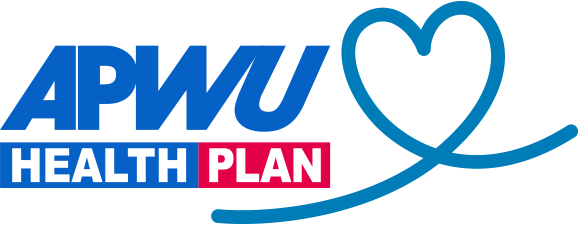Most health plans don’t require a copay or coinsurance for preventive care, wellness visits, annual exams, or certain recommended screenings—as long as you see a provider in the network. This is true whether you have a fee-for-service health plan, high-deductible plan, or Medicare Advantage.
However, some types of care provided during a preventive visit may not count as a no-cost service. Knowing the difference between types of care you may receive during a free checkup can help you understand your insurance bill and prepare for out-of-pocket expenses.
See your doctor for an annual checkup
If you’re healthy, you may only see your primary care physician once a year for an annual checkup. Wellness visits are important because they can help you avoid certain health conditions and catch problems early, before you notice symptoms.
During a checkup, your healthcare team will review your overall mental and emotional health, discuss your family health history, identify risk factors for disease, and provide guidance on how to stay healthy.
Checkups may include:
- Physical exam
- Blood pressure test
- Cholesterol screening
- Diabetes screening
- Blood tests and lab work
- Vaccines
Depending on your age, gender, and family health history, your doctor may refer you for a colonoscopy, mammogram, cervical cancer screening, or other recommended test.
Your doctor will take into account your medical history, current symptoms, family health history, and other factors when determining what types of care you need and what types of tests to order.
Preventive care can help you stay healthy
Early detection of potential health issues leads to lower costs, fewer complications, and fewer invasive treatments. Under the Affordable Care Act, health plans are required to cover certain preventive health benefits without any cost sharing, copays, or coinsurance—even if you haven’t met the annual deductible.
Dozens of services are classified as no-cost-sharing preventive care for adults and children, including certain cancer screenings and vaccinations recommended by the U.S. Preventive Services Task Force (USPSTF). The idea is that such care can prevent health issues or find them early, when treatment is more likely to be successful.
Want to know more about the importance of wellness visits? Discover the many ways preventive care can help you stay healthy.
Preventive care vs. diagnostic care
Seeing your doctor gives you a chance to discuss concerns you have about your physical and emotional health. However, if you schedule an annual checkup and ask your doctor about new symptoms or a medical concern, your health plan may not cover all the care you receive at the appointment the same way, and you may receive a bill.
Knowing the difference between preventive care and diagnostic care can help you understand why an annual checkup may turn into an office visit that costs you money. The type of care you receive affects whether or not you will have any out-of-pocket costs for the appointment.
What is preventive care?
Preventive care includes services like annual checkups and routine screenings that can help you stay healthy. Most health plans cover 100 percent of recommended preventive care when you see an in-network doctor.
Always see providers in your plan’s network. Depending on your health plan, you may be charged for part or all of the cost care if you see an out-of-network provider.
What is diagnostic care?
Diagnostic care refers to services that address new symptoms or an ongoing medical condition. Your doctor may order tests or other types of services to understand the issue and develop a treatment plan.
• Some types of care can be either preventive or diagnostic, depending on the reason for the service. For example, a mammogram is a recommended preventive screening. However, if you’re experiencing pain or if you detect lump in your breast, a mammogram becomes a diagnostic tool to detect breast cancer.
• Similarly, if you’re being treated for diabetes and see your doctor for an annual exam, some lab tests ordered during the visit may not be considered preventive.
• The same goes for tests listed on the USPSTF recommendations. Some preventive tests are considered diagnostic if they are being ordered to monitor a current illness or previously diagnosed condition.
If you have any questions, ask your doctor if the recommended service is considered preventive or diagnostic care so you won’t receive a surprise medical bill.
What to do if you get a bill for a preventive care visit
During an annual checkup, if you discuss a health issue with your doctor, the consultation can be billed separately, and you may owe a copay or deductible charge for that part of your visit.
However, if your healthcare team provides a service to prevent illness or detect early symptoms of a disease, the care is not subject to a deductible and you won’t have any out-of-pocket costs.
In some circumstances, you may receive preventive care and diagnostic care during the same visit. For example, if you ask your doctor about a new symptom or chronic condition during an annual checkup, you may receive a bill for the diagnostic care.
If you get a bill for a preventive care that you expected would be free, ask for an itemized bill with billing codes. If something seems wrong, call the physician’s office or reach out to your health plan.
It’s important to be honest with your doctor
An annual checkup is an ideal time to talk to your doctor about what you can do to improve your health and reduce your risk for diseases. Making lifestyle changes can help reduce your long-term healthcare costs.
During a checkup, answer questions honestly and don’t be afraid to discuss health concerns with your doctor just because you’re concerned it may generate a bill. Whether a specific service is considered preventive care or diagnostic care, always follow your doctor’s advice.
To help prepare for your yearly checkup, review our annual physical exam checklist for adults.


